Biografia Acadêmica
Bacharel em Química Fundamental pela Universidade Federal de Juiz de Fora, MG, em 1999, com Mestrado e Doutorado em Química pela Universidade de São Paulo, SP, em 2001 e 2005 respectivamente. Doutorado Sanduíche no Exterior na Università degli Studi di Pavia, Itália, em 2004. Pós-Doutoramento em Físico-Química no Laboratório de Materiais Eletroativos do IQ/USP entre 2005 e 2006. Professor Visitante na Universidade de Missouri, Columbia, USA, em 2014. Atualmente é Professor Associado na Universidade Federal do ABC e Bolsista de Produtividade em Pesquisa do CNPq (Nível 1-D). Atua na área de estudo de Polímeros, Química de Materiais, Colóides, Estudo de Agregação de Peptídeos e Proteínas, Biossensores e Dispositivos Eletrônicos.
O grupo de pesquisa do Prof. W.A. Alves tem experiência em síntese e caraterização de nanocompósitos poliméricos, baseados em nanomateriais inorgânicos e peptídicos para imobilização de biomoléculas, no qual permite a investigação físico-química destes materiais visando aplicações na área de conversão de energia, farmacológica e industrial. Um amplo conjunto de ferramentas analíticas é empregado para trazer informações acerca das propriedades estruturais, reológicas e térmicas que, presumivelmente, guardam relação direta com as características químicas desenvolvidas na síntese dos materiais. Desta forma, o objetivo do grupo é obter diferentes arquiteturas supramoleculares com potenciais aplicações em energia/meio ambiente (fotossíntese artificial, fotocatálise e eletrocatálise) e saúde (estudo de agregação de peptídeos e proteínas, terapia fotodinâmica, liberação controlada e biodispositivos eletrônicos).






